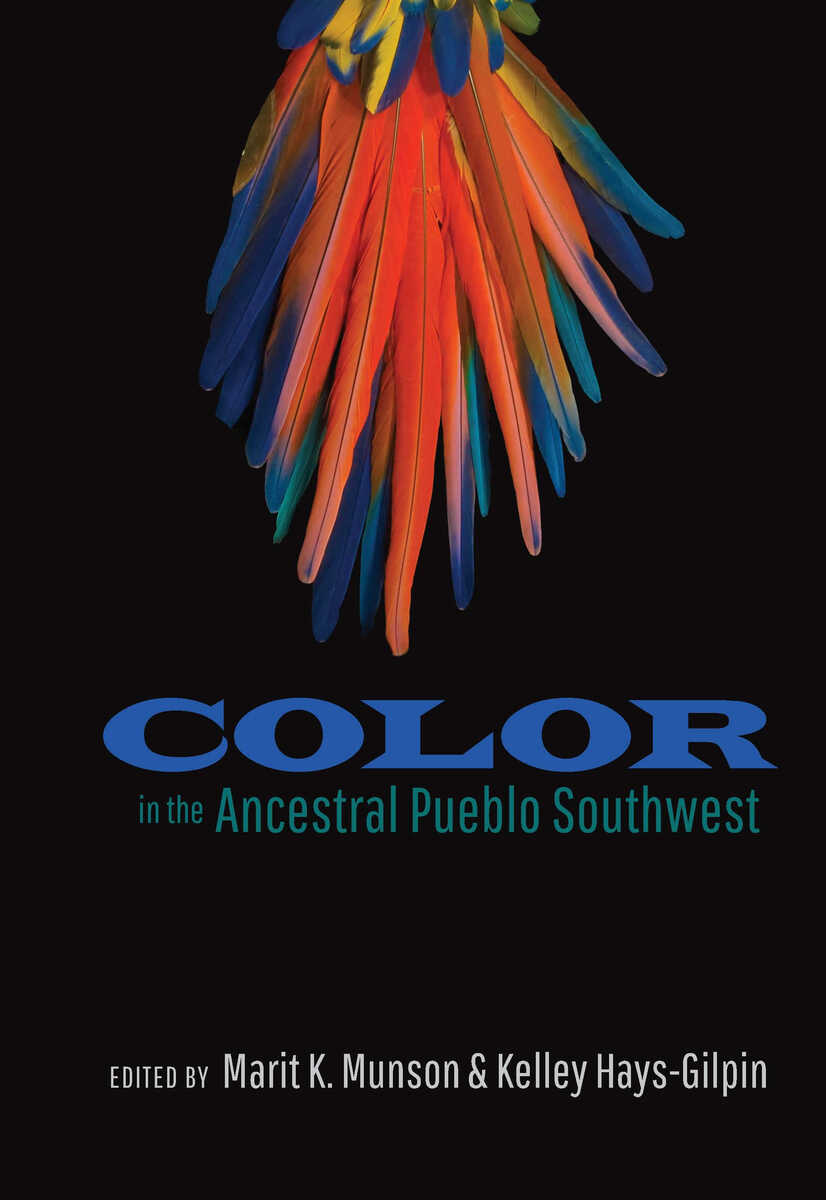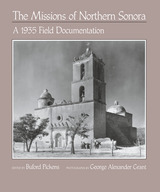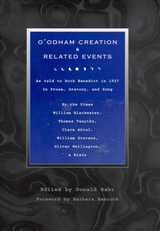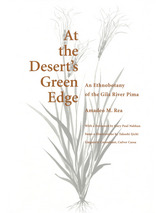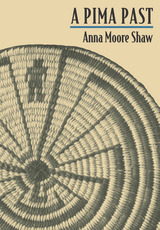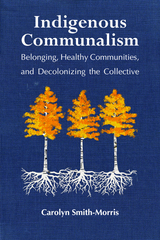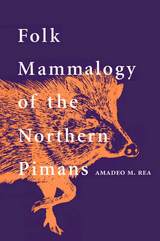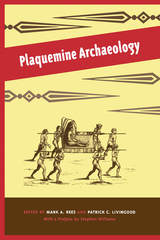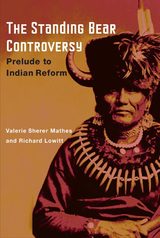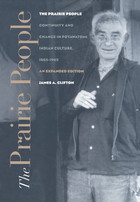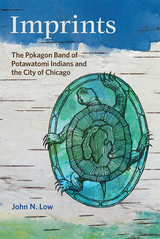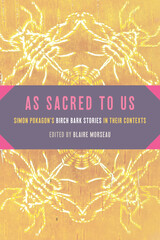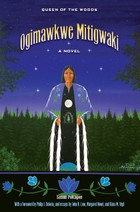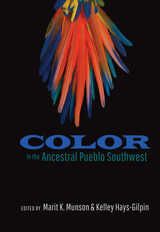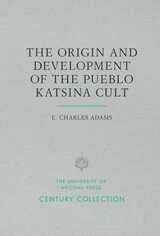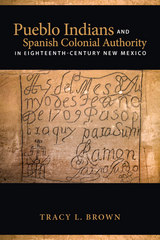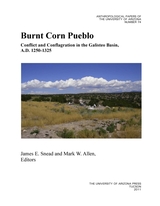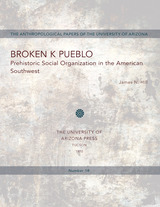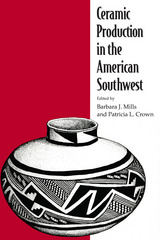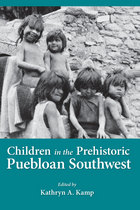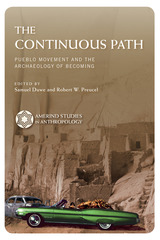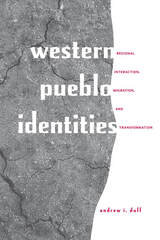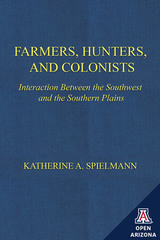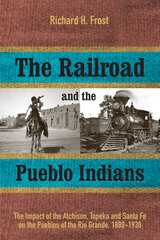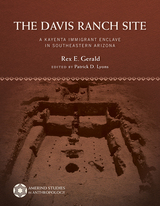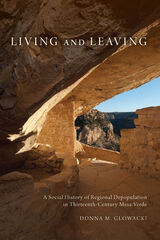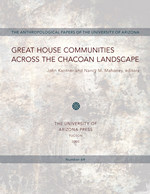Color in the Ancestral Pueblo Southwest
University of Utah Press, 2019
eISBN: 978-1-60781-721-5 | Cloth: 978-1-60781-720-8
Library of Congress Classification E99.P9
Dewey Decimal Classification 978.9004974
eISBN: 978-1-60781-721-5 | Cloth: 978-1-60781-720-8
Library of Congress Classification E99.P9
Dewey Decimal Classification 978.9004974
ABOUT THIS BOOK | AUTHOR BIOGRAPHY | REVIEWS | TOC | REQUEST ACCESSIBLE FILE
ABOUT THIS BOOK
Color attracts attention, evokes emotions, conveys information, carries complex meanings, and makes things beautiful. Color is so meaningful, in fact, that research on the color choices of Ancestral Pueblo people has the potential to deepen our understanding of religious, social, and economic change in the ancient Southwest. This volume explores museum collections and more than a century of archaeological research to create the first systematic understanding of the many ways Ancestral Pueblo people chose specific colors through time and space to add meaning and visual appeal to their lives.
Beginning with the technical and practical concerns of acquiring pigments and using them to create paints, the authors explore how connections to landscapes and sacred places are embodied by many colorful materials. Contributors examine the development of polychromes and their juxtaposition with black-on-white vessels; document how color was used in rock paintings and architecture; and consider the inherent properties of materials, arguing that shell, minerals, and stone were valued not only for color but for other visual properties as well. The book concludes by considering the technological, economic, social, and ideological factors at play and demonstrates the significant role color played in aesthetic choices.
Beginning with the technical and practical concerns of acquiring pigments and using them to create paints, the authors explore how connections to landscapes and sacred places are embodied by many colorful materials. Contributors examine the development of polychromes and their juxtaposition with black-on-white vessels; document how color was used in rock paintings and architecture; and consider the inherent properties of materials, arguing that shell, minerals, and stone were valued not only for color but for other visual properties as well. The book concludes by considering the technological, economic, social, and ideological factors at play and demonstrates the significant role color played in aesthetic choices.
See other books on: Ancestral Pueblo culture | Color | Material culture | Pueblo Indians | Southwest, New
See other titles from University of Utah Press
